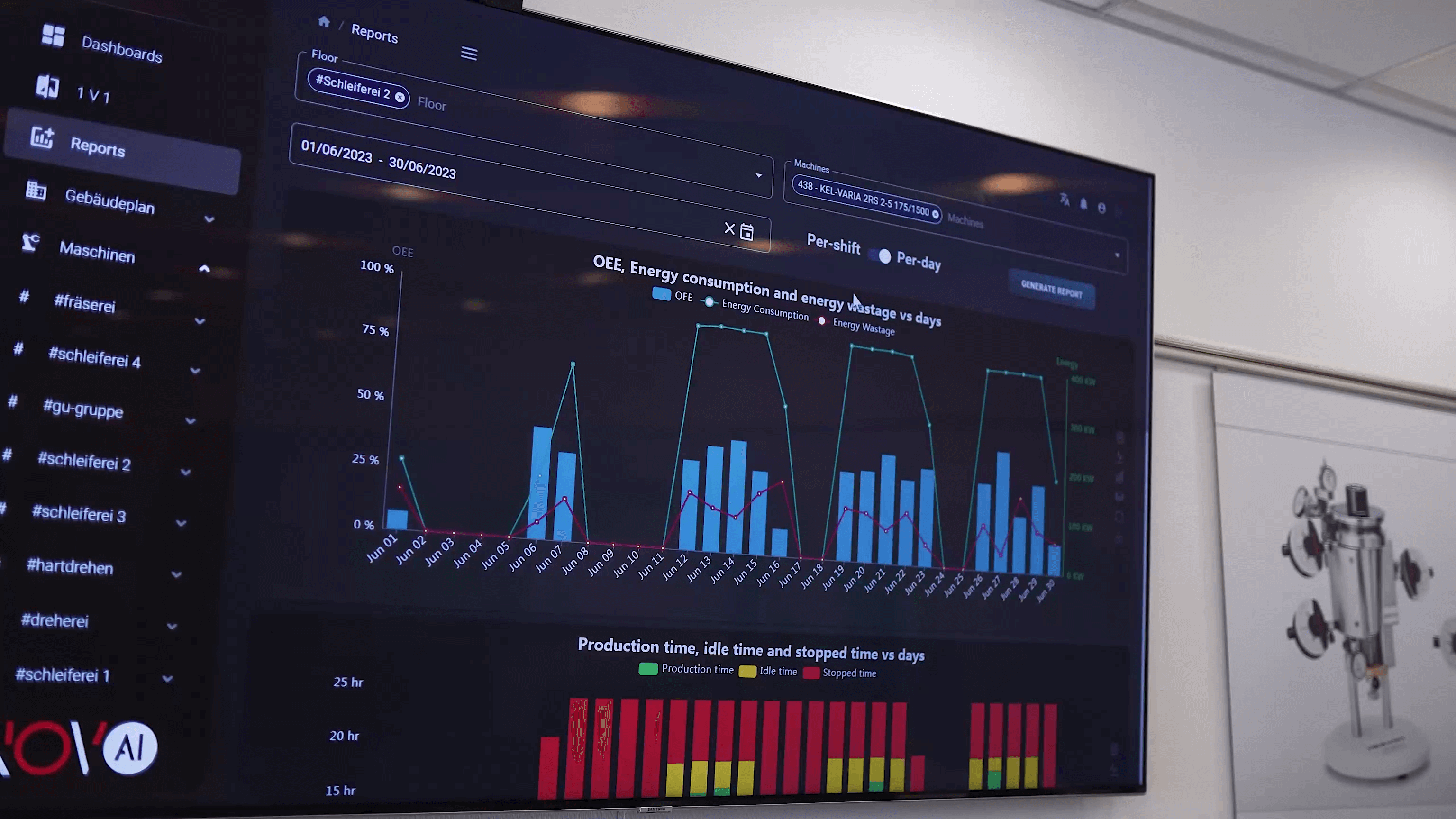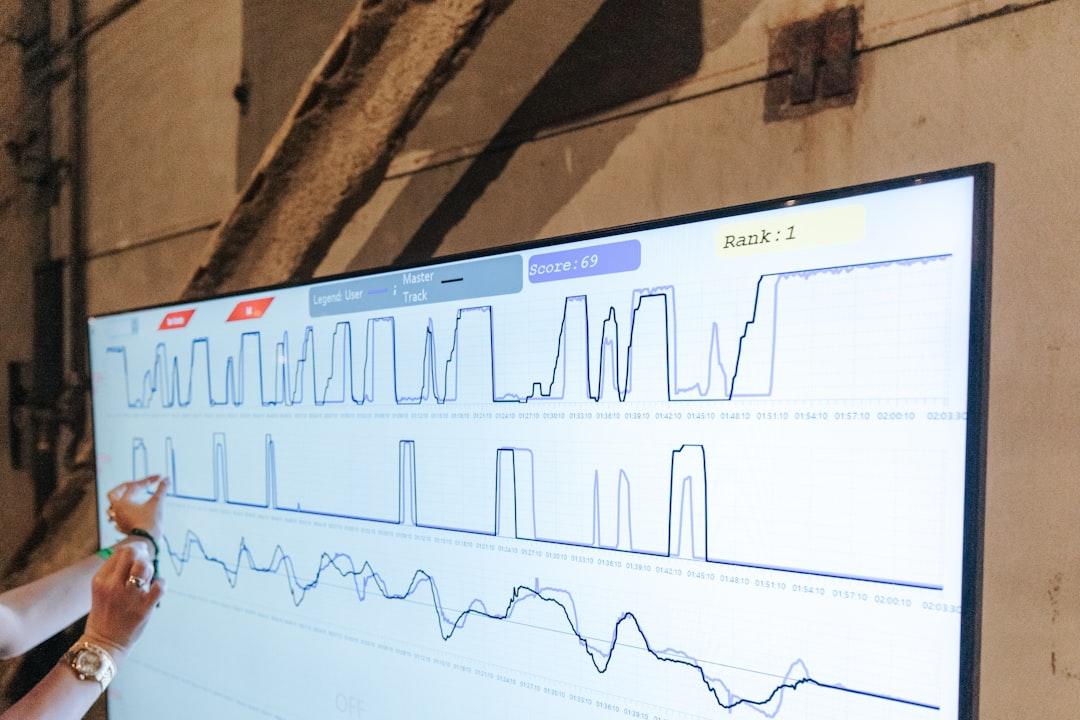AI and IoT convergence is a sign of a new era of technological change. Artificial intelligence and the Internet of Things are the perfect mix. Together they have created a new concept called the artificial intelligence of things or AIoT. The purpose of AIoT is to improve human-machine interactions and enhance data management and analytics. Adding artificial intelligence capabilities to the Internet of Things will clearly facilitate better analysis and decision-making progress. Even though the Artificial Intelligence of Things is a relatively new concept, the combination of AI and IoT brings a whole new range of possibilities.
At the same time, technology companies are really open to the idea of leveraging the benefits of AI to add value to IoT systems. However, in the past decade, many businesses have been built or re-imagined through IoT. More recently, we have seen stunning advances – and investments –in two other areas of technology: AI and machine learning. These complementary technologies converge to form a new wave of technological change: Artificial Intelligence of Things (AIoT).
Organizations need to understand how AIoT came about, and what it’s already delivering for companies who have gotten it right.
Why AIoT?
With IoT, machines or “things” could communicate with other things and act on that information. By adding AI, the network can learn from past decisions, predict future activity, and improve performance continuously. It is a perfect mutually beneficial relationship: AI adds value to IoT through improved decision making and IoT feeds the AI capability through connectivity, signaling, and data exchange.
This is happening now. Today organizations develop real-time “thinking” networks. The AIoT systems solve a wide range of complex problems across many different industry verticals. In 2021, there are more than 10 billion active IoT devices.
How AIoT is being realized today?
There are many current examples of AIoT changing the way businesses work, including manufacturing, sales and marketing, and automotive. Many manufacturers already use IoT to monitor their equipment. For example, a manufacturer takes data available from IoT devices and combines it with the insight of AI to create an intelligent solution. This not only offers predictive analysis on equipment but also combines that with inventory, purchasing, and servicing systems. Also, companies that use AIoT predict and take pre-emptive action on warehouse equipment, maintenance, and the production floor. Therefore, enabling them to operationalize that information, reduce unexpected downtime and on-site maintenance costs, and increase operational visibility and production.
What’s more, this application of AIoT reduces the need for engineers to come into contact with each other unnecessarily, allowing for safe social distancing – a practice, that is likely to remain the norm for quite some time on the factory floor.
How to plan for an AIoT future
There are two critical steps that businesses need to take to take advantage of the AIoT opportunity and they are:
-First, they must integrate their AI and IoT teams. AI developers need to work in lockstep with IoT teams to ensure that the software maximizes the potential of the hardware on which it operates.
-Second, businesses must move the technological focus from monitoring to predictions. Today’s IoT technology is being used mostly to track equipment performance and conditions. However, to take advantage of AIoT, that focus must shift to forecasting changes in equipment behavior and predicting maintenance needs. Doing so will allow businesses to use AIoT to stay ahead of business needs, driving greater efficiency and, ultimately, business value.
AIoT puts two powerful technologies together, so one can not only seize and act on a business opportunity but anticipate and create business opportunities. Hence, those who get AIoT right and effectively use its power in business and client service models stand to gain immediate and lasting competitive advantages.
For more information, contact us.




